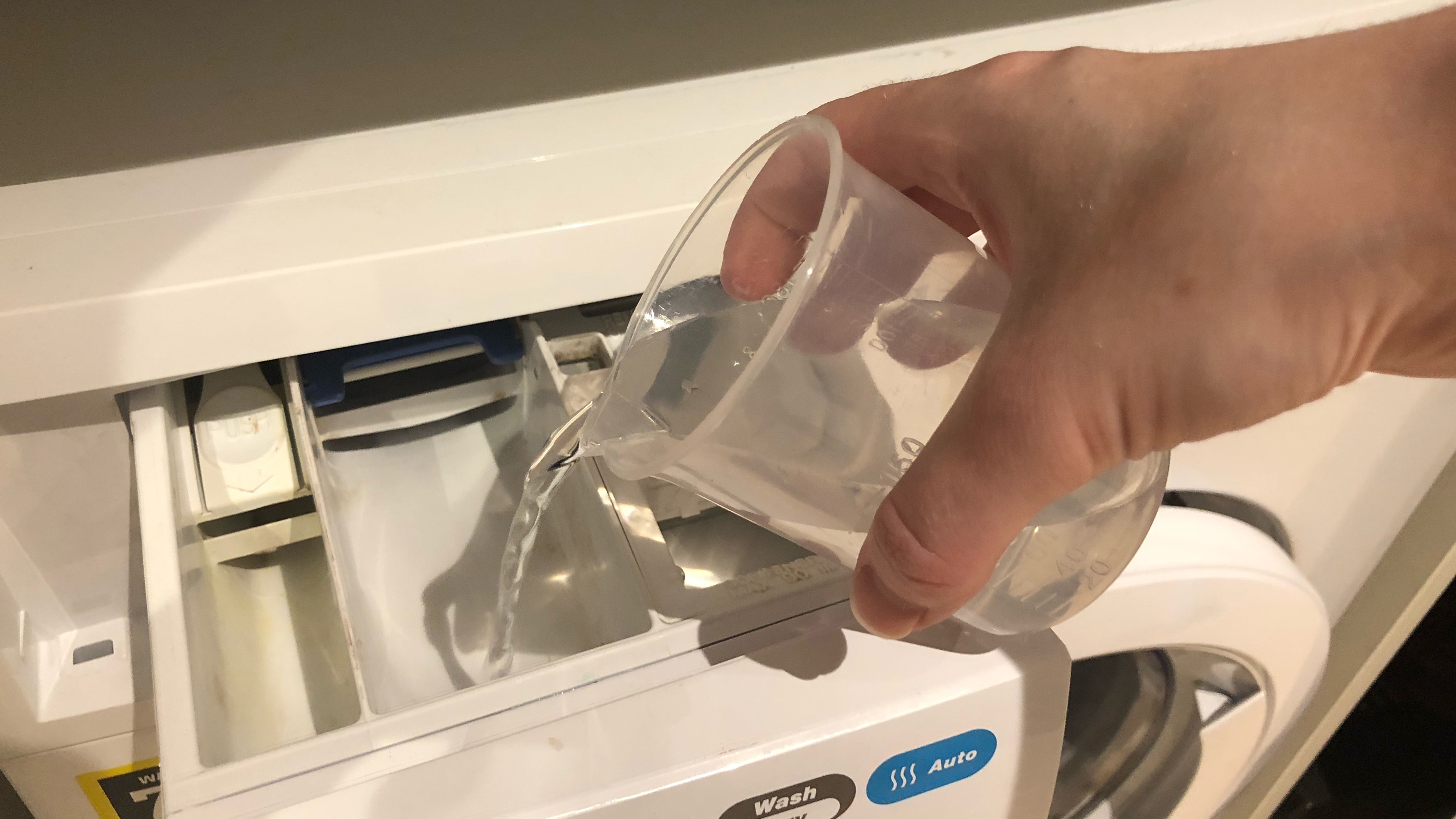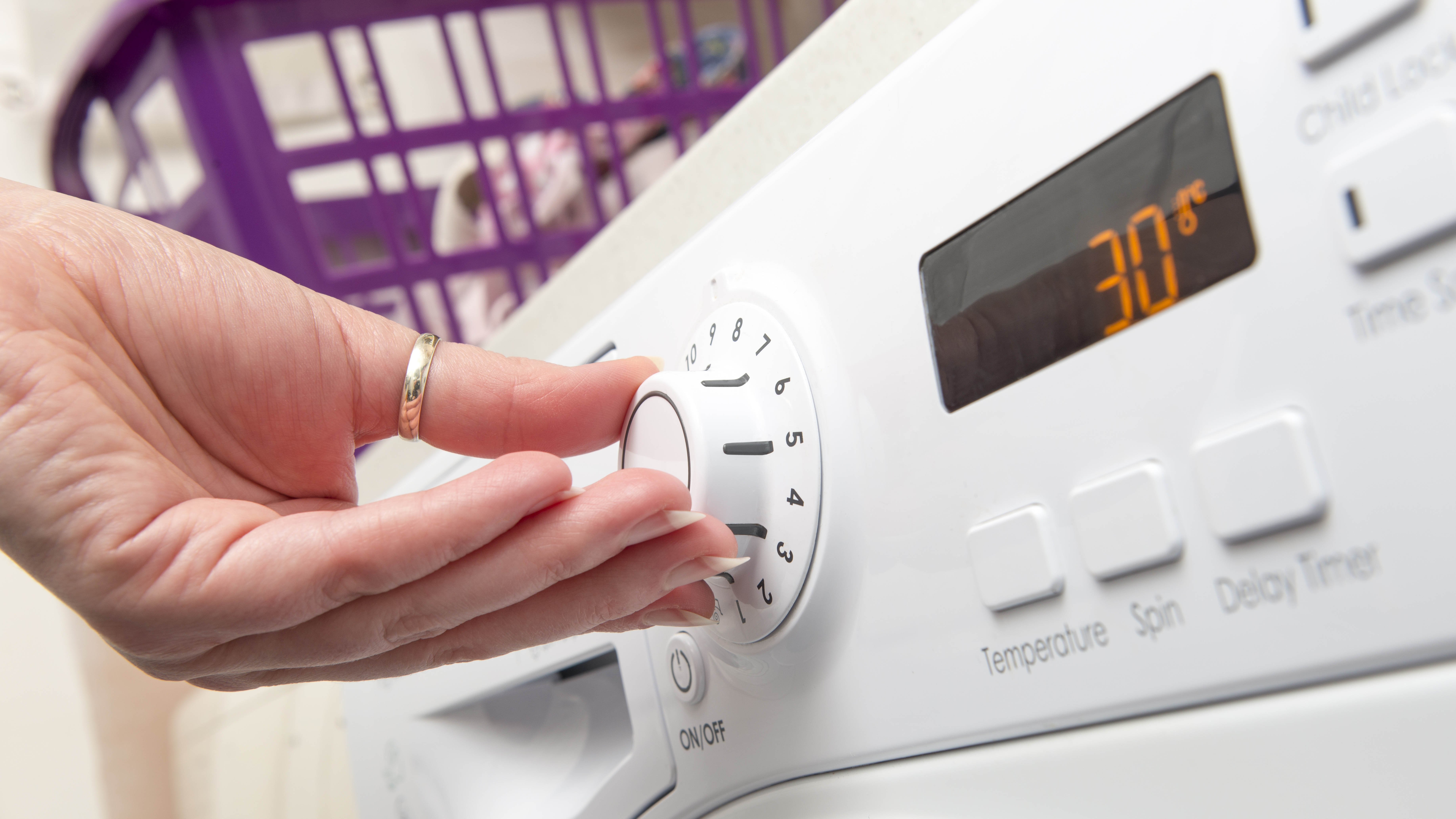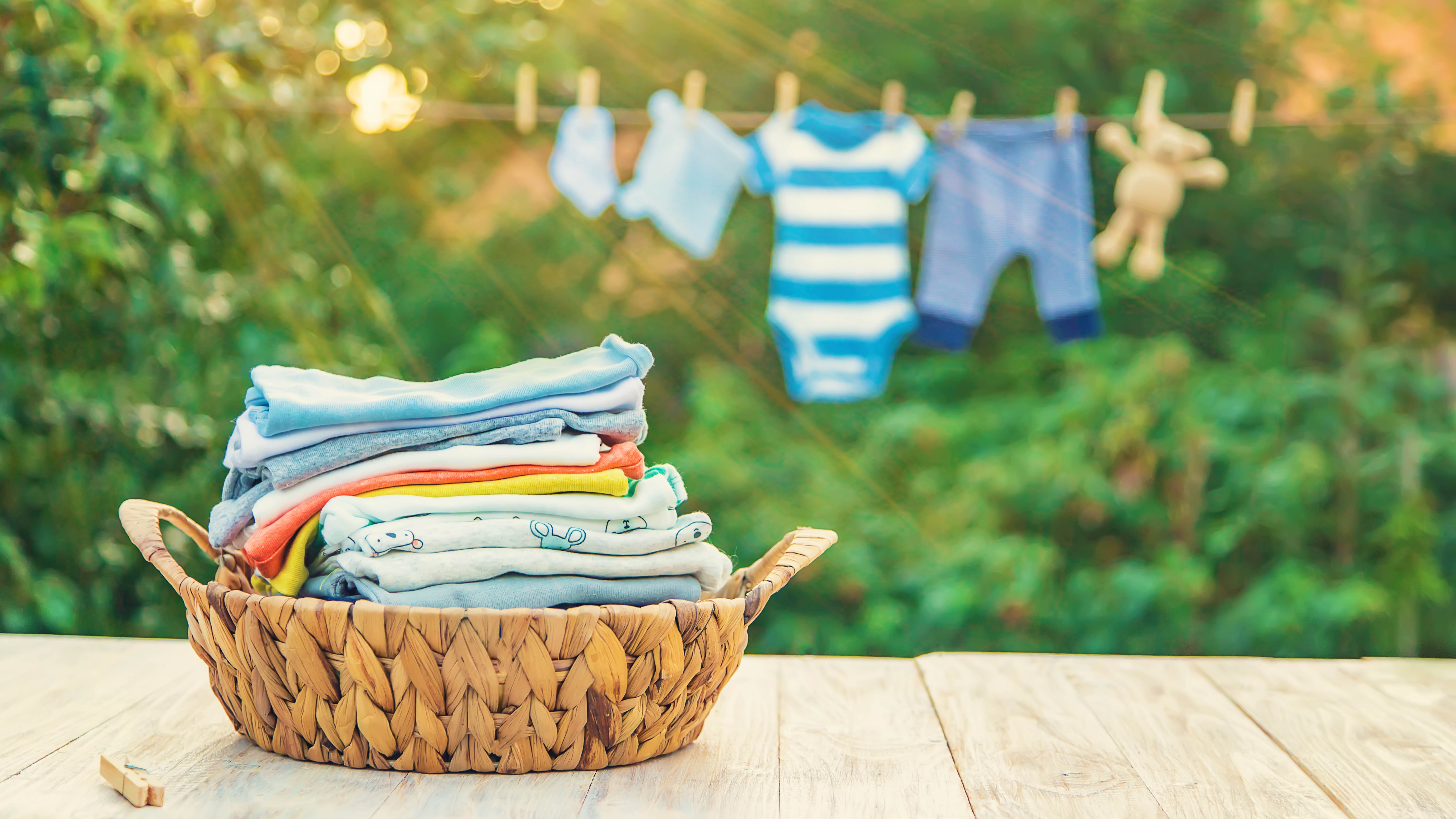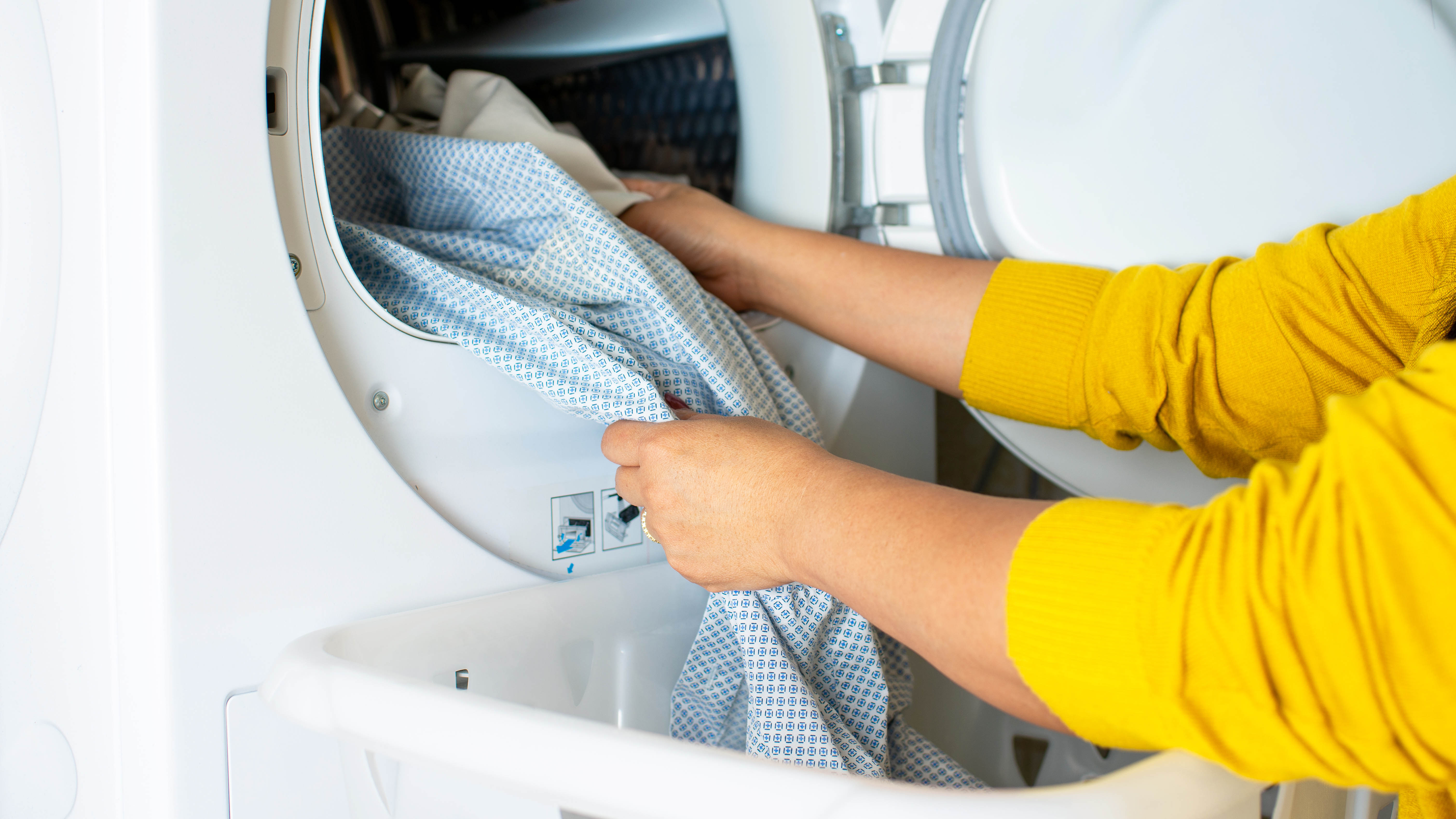I test appliances for a living — here are my top 9 clothes dryer tips
Here are the top 9 clothes dryer tips you need to know, according to our Homes Editor

After more than six years of testing appliances, it’s safe to say I’ve learnt my fair share of tips. Whether you want to get the best performance from your washing machine, or improve the drying rate of your dishwasher, there’s several hacks I’ve discovered. But, it’s safe to say that clothes dryers gave me the steepest learning curve. I had relatively little experience in this category before I started testing them, so I had to learn all of the mistakes you can make the hard way.
The good news is that these are generally the most straightforward of appliances to upkeep and maintain. And with the right knowledge, it’s all too easy to improve the performance and help your clothes dryer last longer. If you want to get the most out of your clothes dryer, here are the 9 tips I’ve taken away after 6 years of testing.
If you need a hand choosing between clothes dryers, check out 9 things to look for when buying a clothes dryer. Be sure to avoid these 7 clothes dryer mistakes as well.
1. Clean the dryer vent

The first tip applies to all major appliances; make sure you take the time to clean them. It’s all too easy to forget to do this when the dirt isn’t obvious, but trust me it’s there. For clothes dryers, it’s especially important that you make time to clean the dryer vent.
With regular use, lint can catch and build up in your dryer vent. If you leave it long enough, it can accumulate and cause a blockage. This is a fire hazard, so it’s absolutely essential that you keep on top of this chore. Clean it twice a year for guidance, although if you notice a burning smell, or your dryer feels hot to touch and takes longer than usual, check it immediately.
This chore involves unplugging the machine, switching off the gas (if applicable), then removing the vent and cleaning it using a dryer vent cleaning kit. For full guidance, see how to clean a dryer vent. If you’re uncomfortable with this work, remember you can always hire a professional to help, just don’t ignore this task.
Remember to give the rest of your clothes dryer a once over as well. You should empty the lint filter regularly and wipe down the exterior and control panel with a damp microfiber cloth.
2. Untangle the load

There’s nothing worse than pulling a wad of half-wet, half-dry laundry from your clothes dryer. This is a consequence of the clothes tangling up as they tumble. Left unchecked, it will just ball up until the heat flow can’t effectively reach the center. By the end of the cycle, you’re just left with a mess that you need to untangle and load back into the machine, resulting in more energy consumption and wasted time.
You can avoid tangling with a few small changes. First, don’t load it tangled up — your dryer won’t separate the items. Make sure any openings are enclosed as well, so button up any duvets. This stops small items from getting lost inside bigger ones. Dryer balls can help keep items separated too.
My biggest tip would be to wash similar items together, so bigger items, such as bedsheets and towels in one cycle, and smaller everyday items in another — by doing this, they’re less likely to get caught up together. For more info, see 7 ways to prevent your clothes from tangling in the clothes dryer.
3. Avoid static

No one likes excess static on freshly dried laundry. Rogue items can stick to you, and it won’t do any favors for your hair. Luckily, there are ways you can deter this as well.
Static is more likely to form from synthetic materials making contact with one another versus natural materials. So, depending on the level of static you can endure, you could either reduce or completely remove these items from the drying cycle. Just hang them up to dry instead — they dry faster versus natural fibers, so they won’t need long.
Alternatively, you can try reducing static by adding a ½ cup of distilled white vinegar to the final rinse cycle of your washing machine. The vinegar acts a bit like fabric softener in the wash, discouraging static electricity. Don’t worry, it wont leave behind an overwhelming smell! Remember to never mix bleach with distilled white vinegar though — this creates a lethal chlorine gas.
While you’re sorting through what you dry, be sure not to load any of these 10 things you should never put in the dryer.
4. Don’t overload

It never ceases to amaze me when friends complain about the performance of their clothes dryer, only to open the door to reveal a crammed drum. Just like your washing machine, your clothes dryer has a maximum capacity. Exceed this, and the clothes won’t be able to rotate properly, and the dryer won't perform efficiently. An overloaded clothes dryer will waste time, energy and will make the appliance work harder too.
Check the capacity of your clothes dryer according to the manual, and compare this to your washing machine. Depending on the difference, you may or may not be able to load everything from a full washing machine into your dryer. Make any necessary changes and dry in batches if required instead.
People can easily overload their dryer when running multiple wash cycles — if the dryer hasn’t fully dried the first load by the time the second wash cycle has finished, more items are piled on top of the last ones. Avoid this though — as well as overloading the machine, you could damage the initial load with the extended time required to dry the wetter items. This will confuse the moisture sensors as well if you have auto-dry programs enabled.
5. Choose the right setting

It’s a guilty habit, but most of us will continue to use the same setting on our clothes dryer day in and day out. Try to break this habit because the best setting will vary depending on what you're drying, which ultimately varies the performance of the appliance.
You want to achieve the perfect balance of temperature and time, so items emerge dry, but undamaged. Generally speaking, if your dryer comes with auto-dry programs, these are a safe bet because moisture sensors will adjust the time and temperature of the cycle based on moisture levels.
Otherwise, use the best dedicated program to suit the material you’re drying. Refer to your manual for guidance if necessary, and remember to keep an eye on the progress if you’re using a traditional timer.
6. Save energy where you can

Clothes dryers can consume a lot of energy and cost a lot to run — it’s no secret. But, you can make small changes to reduce this expense. Never run your dryer for longer than necessary; not only does this waste energy, you could potentially damage the items as well. You should also use any energy saving programs your clothes dryer offers where possible. This will extend the drying time, but save you energy in the process.
If it’s a glorious and sunny day outside, don’t be afraid to skip the clothes dryer entirely and hang your items to dry. You can always dry indoors as well, but make sure there’s sufficient ventilation. This is one of the 8 ways to ditch the clothes dryer and save on energy. Lastly, run your clothes dryer while your electricity tariff is at its cheapest. This will vary depending on your location and the time of year. For a full breakdown, see this is the cheapest time to do your laundry and save money.
If you're unsure of which drying method to use, check out clothes dryer vs clothes rack dryer.
7. Avoid dryer sheets

While dryer sheets may reduce static electricity, and leave behind a pleasant scent, I recommend skipping them altogether. This is because they’re actually quite damaging for the environment, much like fabric softener. They aren’t reusable and often won't biodegrade, so they produce a lot of waste. Plus, they contain Volatile Organic Compounds which end up vented into the atmosphere.
Eco options are available which tend to be reusable or biodegradable, such as Purecosheet ($16.95, Amazon). Alternatively, opt for natural methods which will achieve the same goal, such as the vinegar technique mentioned earlier. Dryer balls are another option if you want to soften the load as it dries.
8. Keep an eye on it

I can’t stress enough that you need to keep an eye on your clothes dryer. Inspect it every 20-30 minutes to detangle the load if necessary. This sounds like a lot of work, but it will help your clothes dry faster and save energy in the process. When you shake out freshly dried laundry, I recommend giving it a minute to cool before inspecting it to see if it’s still damp. In my experience, hot laundry can feel damper than it actually is, and it’s easier to tell where you stand at room temperature.
Never leave your clothes dryer running unattended either. According to the USFA, 2,900 home clothes dryer fires are reported annually, with more fires occurring during fall and winter. It’s imperative that you keep on top of cleaning your dryer vent for this reason.
9. Upgrade your dryer

Lastly, if your clothes dryer has run its course, and none of the above seems to improve the performance, it might be time for a new machine. If you need a hand picking out the right model, I recommend checking out our best clothes dryers guide. We cover the best options, including both gas and electric designs. Plus, we consider every circumstance, whether you’re after a value for money purchase, or one with all of the bells and whistles.
For more washing tips, tricks, and how-tos, check out our guides on best washing machines, when you should and shouldn't use the quick wash setting and what do laundry symbols mean?
Sign up to get the BEST of Tom's Guide direct to your inbox.
Get instant access to breaking news, the hottest reviews, great deals and helpful tips.

Katie Mortram used to be a Homes Editor for Tom's Guide, where she oversaw everything from kitchen appliances to gardening tools, as well as smart home tech. Specializing in providing expert advice for cleaning and home manintenance, she now works as Household Advice Editor for Good Housekeeping.
